Description
Familiarity with treatment
Follicular Unit Extraction (FUE) is a hair transplant procedure that involves the extraction and transplantation of individual hair follicles from a donor area to areas of the scalp experiencing hair loss or thinning. Here is an explanation of the FUE procedure:
Principle of FUE: FUE is based on the principle that the area of attachment of the arrector muscle to the follicular unit is the tightest zone. By making this attachment area loose and separating it from the surrounding dermis, the inferior segment of the follicular unit can be extracted easily. Small micropunches, typically ranging from 0.6 to 0.8 mm in size, are used to extract the follicular units. The resulting scars from these tiny punches are usually too small to be recognized.
Extraction Process: During the FUE procedure, the surgeon uses specialized instruments, such as a circular scalpel, punch, or motorized drill, to extract individual hair follicles from the donor area. The donor area is typically the back or sides of the scalp, where the hair is genetically programmed to continue growing for life. The extraction process involves making small incisions around the follicular units and carefully extracting them from the scalp.
Transplantation Process: Once the follicular units are extracted, they are meticulously transplanted into the recipient area of the scalp. The recipient area is the balding or thinning area where hair restoration is desired. The surgeon creates tiny incisions in the recipient area and places the extracted follicular units into these incisions. The transplanted follicles will then establish a blood supply and start growing hair in the recipient area.
Advantages of FUE: FUE offers several advantages over other hair transplant methods. It is considered minimally invasive, as it does not involve the removal of a strip of skin like Follicular Unit Transplantation (FUT). FUE also typically results in less postoperative discomfort, faster healing time, and decreased chances of visible scarring. The individual extraction of follicular units allows for precise placement, resulting in natural-looking results.
Who is it suitable for?
Follicular Unit Extraction (FUE) is suitable for individuals experiencing hair loss or thinning who meet certain criteria. Here are some factors that determine suitability for FUE:
Sufficient Donor Hair: FUE requires a sufficient amount of healthy donor hair to be extracted and transplanted to the recipient area. The donor area is typically the back or sides of the scalp, where the hair is genetically programmed to continue growing for life. The density and quality of the donor hair play a role in determining candidacy for FUE.
Pattern Baldness: FUE is commonly used to treat pattern baldness, also known as androgenetic alopecia. It is suitable for individuals with male or female pattern baldness who have areas of baldness or hair thinning that can be addressed through transplantation.
Hair Loss Stability: It is important for individuals considering FUE to have stable hair loss. This means that their hair loss has stabilized, and they are not experiencing rapid or progressive hair loss. Stable hair loss ensures that the transplanted hair will not be affected by ongoing hair loss in the future.
Realistic Expectations: Candidates for FUE should have realistic expectations about the outcome of the procedure. While FUE can provide significant hair restoration, it may not achieve a full head of hair or restore hair to its original density. A thorough consultation with a qualified surgeon can help set realistic expectations.
General Health: Overall general health is an important consideration for any surgical procedure, including FUE. Candidates should be in good health and free from any medical conditions that may interfere with the healing process.
Who is it not suitable for?
Follicular Unit Extraction (FUE) may not be suitable for everyone. Here are some factors that may make an individual unsuitable for FUE:
Limited Donor Hair: FUE requires a sufficient amount of healthy donor hair to be extracted and transplanted. If an individual has limited donor hair, such as in cases of extensive hair loss or a depleted donor area, they may not have enough hair available for transplantation.
Unstable Hair Loss: FUE is typically recommended for individuals with stable hair loss. If an individual’s hair loss is still progressing rapidly, it may not be the right time for FUE. It is important to stabilize hair loss before considering transplantation to ensure long-term results.
Poor Donor Site Quality: The quality of the donor site, typically the back or sides of the scalp, is crucial for successful FUE. If the donor area has poor hair density, weak hair follicles, or scarring from previous surgeries, it may not be suitable for FUE.
Reversible Hair Loss: FUE is not recommended for individuals experiencing hair loss due to reversible causes, such as medication side effects, stress, or medical treatments. It is important to address the underlying cause of hair loss before considering surgical interventions.
Unrealistic Expectations: It is essential for individuals considering FUE to have realistic expectations about the outcome of the procedure. FUE can provide significant hair restoration, but it may not achieve a full head of hair or restore hair to its original density. A thorough consultation with a qualified surgeon can help set realistic expectations.
General Health Concerns: Individuals with certain health conditions or medical concerns may not be suitable candidates for FUE. It is important to discuss any underlying health conditions with a qualified surgeon to determine if FUE is appropriate.
Advantages
Follicular Unit Extraction (FUE) offers several advantages compared to other hair transplant methods. Here are some of the advantages of FUE:
Minimally Invasive: FUE is a minimally invasive procedure that does not involve the removal of a strip of skin from the donor area, as in Follicular Unit Transplantation (FUT). Instead, individual hair follicles are extracted using small punches, typically ranging from 0.6 to 0.8 mm in size. This results in smaller incisions and less postoperative discomfort.
No Visible Linear Scar: One of the significant advantages of FUE is that it leaves no visible linear scar in the donor area. The extraction of individual follicles allows for scattered tiny scars that are usually too small to be recognized. This makes FUE a preferred option for individuals who prefer shorter hairstyles or who want to keep their hair short in the donor area.
Natural-Looking Results: FUE allows for precise placement of individual follicles, resulting in natural-looking hair restoration. The ability to extract and transplant individual follicles gives the surgeon more control over the placement and direction of the transplanted hair, leading to aesthetically pleasing results.
Faster Healing and Recovery: The smaller incisions and minimal tissue trauma associated with FUE generally result in faster healing and recovery compared to other hair transplant methods. The reduced healing time allows individuals to return to their regular activities sooner.
Versatility: FUE can be used to address various degrees of hair loss, from minor thinning to more extensive baldness. It is suitable for both men and women and can be performed on different areas of the scalp, including the hairline, crown, and temples.
Less Postoperative Discomfort: Due to the minimally invasive nature of FUE, individuals typically experience less postoperative discomfort compared to other hair transplant methods. The smaller incisions and reduced tissue trauma contribute to a more comfortable recovery period.
Complications
Follicular Unit Extraction (FUE) is generally considered a safe and effective hair transplant procedure. However, like any surgical procedure, there are potential complications and risks associated with FUE. Here are some of the complications that can occur:
Scarring: While FUE leaves minimal scarring compared to other methods, there can still be tiny white scars where the follicles were extracted. These scars are usually small and not easily noticeable. In rare cases, individuals may develop hypertrophic scars or keloids, which are raised and more visible.
Infection: Although rare, there is a risk of infection following FUE. Proper sterile techniques during the procedure and postoperative care can help minimize this risk. Signs of infection may include increased pain, redness, swelling, or discharge from the surgical site.
Tissue Death (Necrosis): In extremely rare cases, tissue death can occur at the site where the surgery was performed. This can happen due to compromised blood supply to the area. It is important to follow postoperative care instructions and seek immediate medical attention if you notice any signs of tissue death, such as blackening or severe pain in the surgical area.
Temporary Side Effects: Some individuals may experience temporary side effects after FUE, which typically resolve within a few days. These side effects may include swelling, bruising, and sensitivity in the donor and recipient areas. These are usually mild and subside on their own.
Poor Hair Growth: In some cases, the transplanted hair may not grow as expected. Factors such as poor graft survival, improper placement, or underlying medical conditions can contribute to suboptimal hair growth. It is important to choose a skilled and experienced surgeon to minimize the risk of poor hair growth.
preoperative care
The preoperative care for Follicular Unit Extraction (FUE) typically involves certain considerations and preparations to ensure a successful procedure. While the specific preoperative care instructions may vary depending on the surgeon and individual circumstances, here are some general aspects to be aware of:
Consultation and Evaluation: Before undergoing FUE, it is important to schedule a consultation with a qualified hair transplant surgeon. During this consultation, the surgeon will evaluate your hair loss pattern, assess the donor area, discuss your expectations, and determine if you are a suitable candidate for FUE.
Medical Evaluation: A comprehensive medical evaluation may be conducted to assess your overall health and identify any underlying medical conditions that could affect the procedure or recovery. It is important to disclose your complete medical history, including any medications, allergies, or previous surgeries.
Medication Adjustments: Your surgeon may provide specific instructions regarding medications to avoid or adjust before the procedure. This may include avoiding blood-thinning medications or supplements that can increase the risk of bleeding during the surgery.
Smoking and Alcohol: It is generally recommended to refrain from smoking and consuming alcohol for a certain period before the procedure, as they can interfere with the healing process and increase the risk of complications.
Hair Care: Your surgeon may provide instructions on how to prepare your hair for the procedure. This may involve washing your hair with a mild shampoo before the surgery and avoiding the use of hair products, such as gels or sprays, on the day of the procedure.
Fasting: Depending on the anesthesia used during the procedure, you may be instructed to fast for a certain period before the surgery. This is typically done to minimize the risk of complications related to anesthesia.
Arrangements for Transportation: Since FUE is performed under local anesthesia, you may not require transportation after the procedure. However, if sedation or general anesthesia is used, it is important to arrange for someone to drive you home after the surgery.
Postoperative care
The postoperative care following Follicular Unit Extraction (FUE) is crucial for proper healing and optimal results. While the specific instructions may vary depending on the surgeon and individual circumstances, here are some general aspects of postoperative care for FUE:
Medication and Dressings: Your surgeon may prescribe medications, such as antibiotics or pain relievers, to prevent infection and manage any discomfort. Follow the prescribed medication schedule and instructions for dressings or bandages applied to the donor and recipient areas.
Avoid Touching or Scratching: It is important to avoid touching or scratching the transplanted area to prevent dislodging the grafts. Your surgeon may provide specific instructions on how to care for the transplanted area and when it is safe to gently wash or touch the area.
Sleeping Position: Sleeping with your head elevated on pillows for the first few nights after the procedure can help reduce swelling and promote healing. Your surgeon may provide specific instructions on the ideal sleeping position.
Avoid Strenuous Activities: It is generally recommended to avoid strenuous activities, heavy lifting, and exercise that can increase blood pressure and strain the surgical area for at least a week or as advised by your surgeon. Gradually resume normal activities as instructed by your surgeon.
Hair Washing: Your surgeon will provide specific instructions on when and how to wash your hair after the procedure. Typically, gentle hair washing can be resumed within a few days to a week after the surgery. Use a mild shampoo and follow the instructions provided by your surgeon.
Avoid Sun Exposure: Protect the transplanted area from direct sun exposure for a few weeks after the procedure. Wear a hat or use sunscreen with a high SPF to prevent sunburn and minimize the risk of hyperpigmentation.
Follow-up Appointments: Attend all scheduled follow-up appointments with your surgeon to monitor the healing process and address any concerns or questions you may have. Your surgeon will assess the progress of the transplant and provide further guidance.
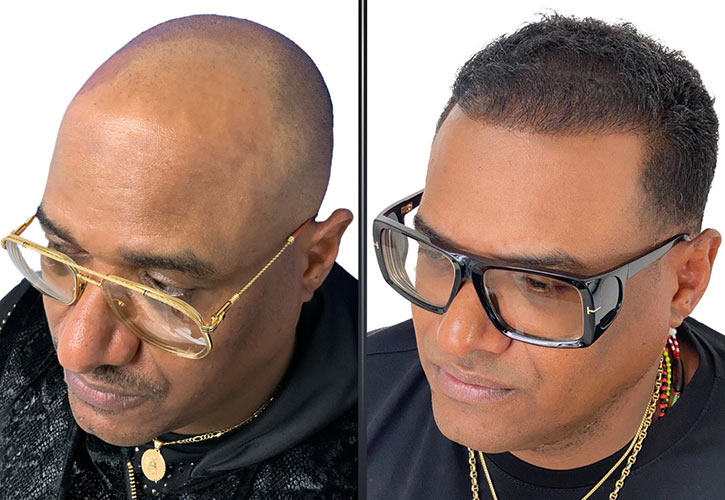
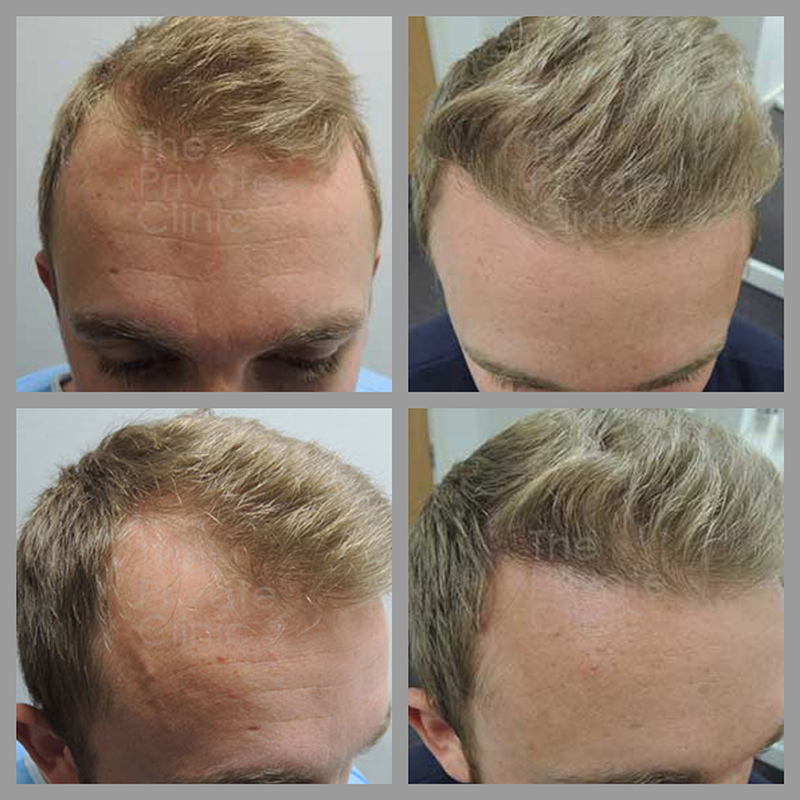
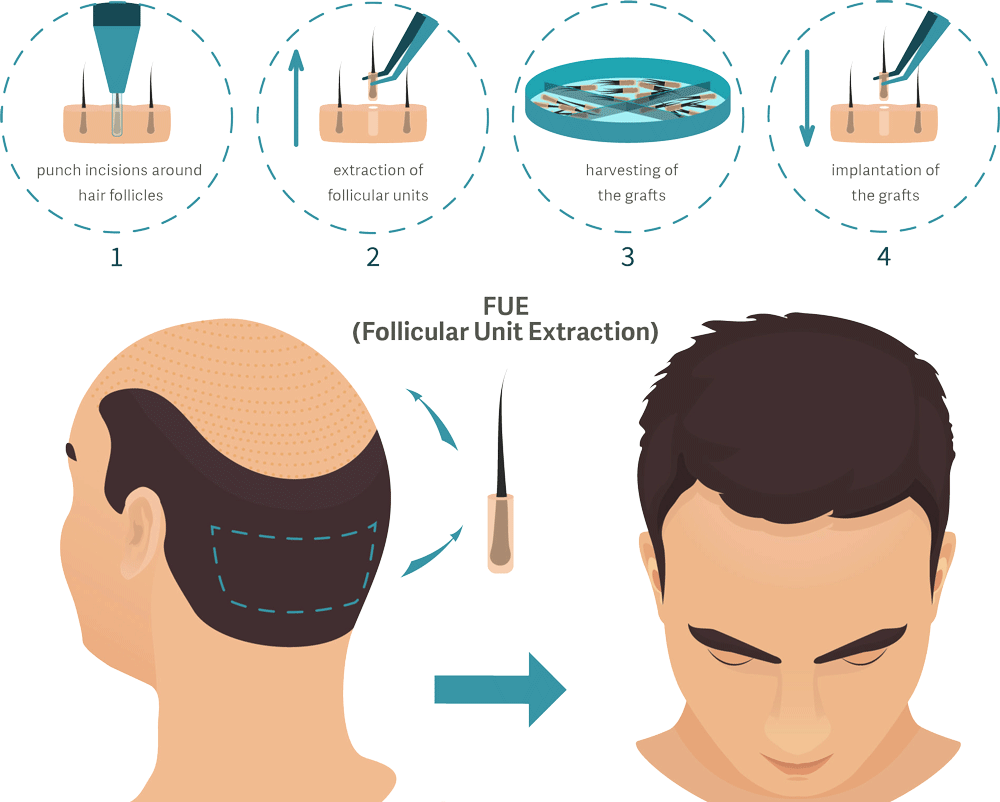
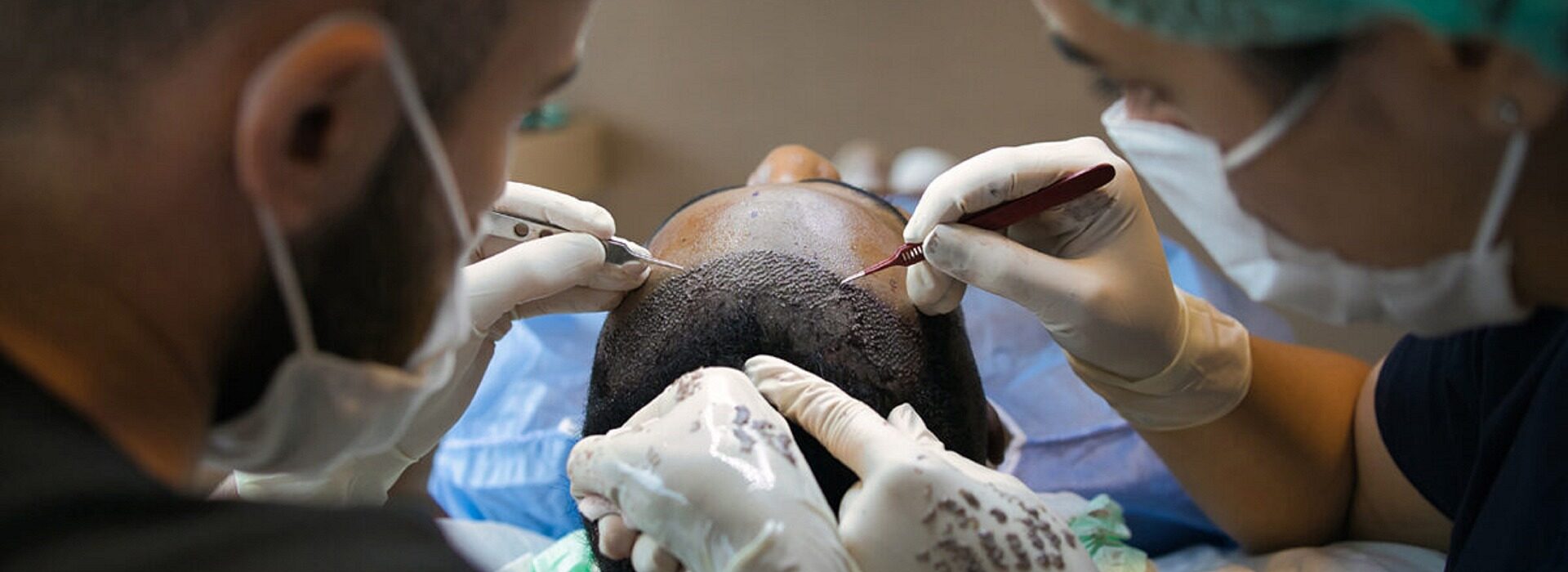

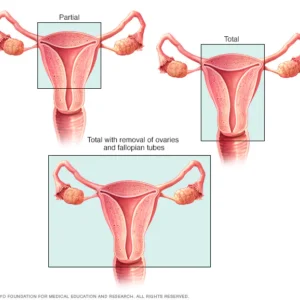
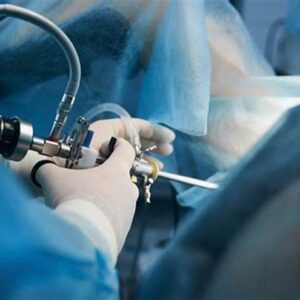
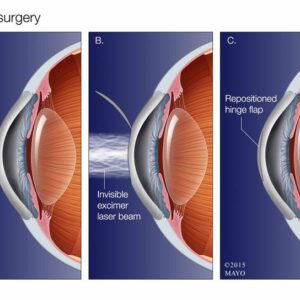
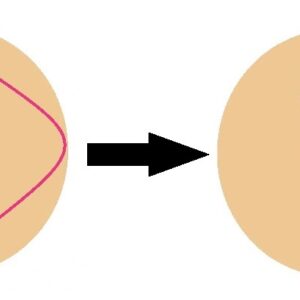
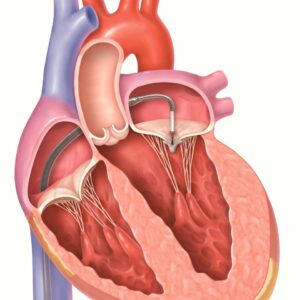
Reviews
There are no reviews yet.